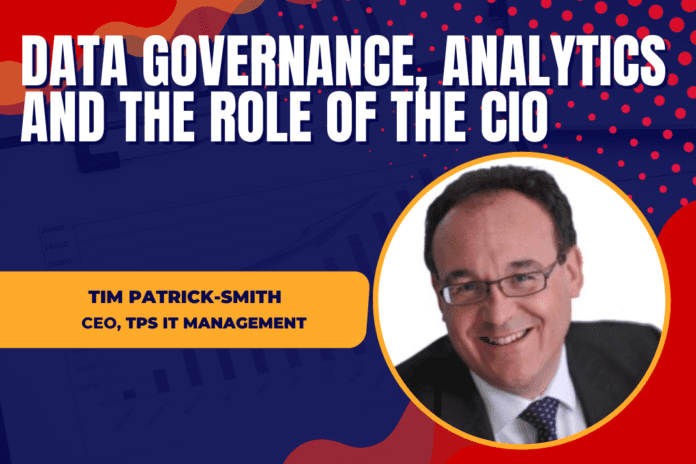Trends such as the Internet of Things (IoT) and tighter data protection regulation (GDPR) are set to exponentially increase the volume of data that businesses gather and have to manage. Certainly, IT infrastructure will need to be updated to enable and secure the myriad of new devices wishing to connect but for CIO’s, improving IT infrastructure alone is no longer enough. Instead, they need to step up and work along with their IT departments and other areas of the business, to employ effective strategies to analyze and extract value from the data available so that their business is in the best possible position to both compete and succeed in their relevant markets.
Due to the large volumes of data now in play, the integration of automated processes is also necessary to cost-effectively analyze and extract value. Purely collating huge amounts of data is useless for a business if there is no structure in place to analyze it and produce valuable insights. In addition, there is an ever-growing need to correctly catalog and control the data a business uses, to extract value and then remove data within the constraints of fixed retention timescales. For IT departments to maintain relevancy and drive efficiencies, it is important they utilize automation throughout their organization to deliver value as well as security and good data governance.
In recent years we have seen the IoT enter the wider public consciousness. Today we are seeing many organizations begin to deliver real insights and ROI from the technology. For example, automation is increasingly having a huge impact on the IT service desk. Machine-to-Machine (M2M) communications can proactively monitor systems and devices, providing intelligent updates before users notice or report a problem. This leads to a more efficient and pre-emptive service desk, cutting the time and cost of investigating user-reported errors and improving customer perception of the business and its systems.
As a result, the simpler requests, such as password resets that used to be the ‘bread and butter’ work for tier one support professionals, are now disappearing to be replaced by self-service portals and automated diagnostic tools.
But this hasn’t meant that life is easier for IT professionals. CIO’s need to be careful that the data gathered by such automated systems are in line with the data governance rules and that employees understand and agree to the information gathered and the uses it will be put to. The consumerization of IT has meant that IT departments’ own services are now being compared against other external suppliers. At the same time, expectations are being set by the support interactions that employees experience in the consumer world. Therefore, if IT departments do not embrace automation, they could find themselves heavily criticized by others through the use of systems that are negatively impacting staff and customer satisfaction levels.
We are seeing a shift in responsibilities for the CIO, moving away from the provision and maintenance of physical infrastructure, systems, and devices, to being primarily concerned with the management and governance of data.
Digitalization is now center stage and CEOs have an expectation for their CIOs to play a leading role in developing this throughout their organization. This means that CIO’s need to flip their focus from IT efficiency to one that focuses on value creation.
To drive this value, data analytics now takes a key role. As already mentioned, there is now a surplus of data available at the CIOs fingertips. It is vital that they take the time to understand what is available to them, what it all means and how they can leverage it to make operations run more smoothly, more efficiently and so on, across all aspects of the business. For the smart CIO, automation offers an opportunity to elevate their position at the C-suite level, using the data to provide key insights that will drive business goals and unearth new insight opportunities which will provide a competitive market advantage.
Therefore, CIOs and IT departments need to adapt to manage the increasing amount of data available to them and implement systems and architectures to be able to extract key information from the data and communicate this across the organization whilst at the same time ensuring data governance rules are rigidly applied. While we are used to seeing the CIO spending time running the IT shop, those who are high-performing will be spending less time on this, and more time engaging their board and senior leadership team on their insights. Educating and inspiring are now central tasks for the top CIOs.
In order to fulfill this ‘new role’, it is important for the CIO to become the innovator and visionary for the business. Through the use of automation in analyzing data, the CIO must enhance his/her position as key strategic business advisor. With information the key asset for any business, CIOs must provide a clear understanding as to what information is available to them, how this data can legitimately be used, and what parts of this information are valuable to their organization. They then have to deliver this insight to the board in a way that will provide key value in meeting the business goals and objectives.


